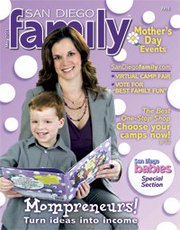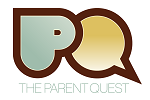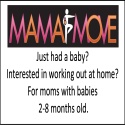Head Lice Information
Keeping a “Heads Up” on Head Lice
By William Hitchcock, MD
Head Lice infestation is a fact of life for school aged children and preschoolers. The lice, also known as “pediculosis capitis”, are inconvenient and a source of anxiety for parents but cause no medical harm. They re not a sign of poor hygiene and can be found in any San Diego community from Oceanside to San Ysidro. Lice live only on the human’s scalp where they lay eggs that attach tightly to the strand of hair. These are called “nits.” You will only find nits very close to the scalp – they appear like a light speck of lint. Eggs hatch within seven to ten days and removal of nits is important to prevent another cycle of lice.
Head Lice crawl; they do not leap or fly and are usually spread by direct contact with the infected child’s head or exposure to items used by the child such as combs, brushes, hats and bedding. Because children have close contact in school, lice can easily spread through a classroom. Prevention is difficult, but involves avoidance of contact with items that may have touched hair and prompt treatment of the child as well as family members who are in close contact with the infected child. Changing the linen and washing it with hot water may be helpful.
There are several treatments for head lice. Manual removal or use of a petrolatum shampoo or a thirty minute application of hot air using a “Lice Buster” may be helpful. Occlusive agents as well as tea tree oil treatments and rosemary shampoos can also be used. Over the counter treatments include Permethrin 1% (NIX) and Pyrethrins 1% (RID/ R and C Clear Lice Systems which have low toxicity in humans. Prescription systems include malathion 0.5% (Ovide) and another product, Benzyl Alcohol (Ulesfia). Lindane(Kwell) can cause neurotoxicity and should be used with extreme caution. Anti-sabies lotions such as Eurax and Elimite have been used to treat head lice. Finally, oral medication including Trimethoprim-Sulfamethoxazole and Ivermectin has shown some success.
In July 2010, the American Academy of Pediatrics (AAP) issued a statement on treating head lice in children. They emphasized that head lice, while a nuisance, do not transmit disease and are difficult to diagnose by the untrained parent or teacher. The AAP recommended that infected children not be excluded from attending school and did not endorse a “No Nits” policy used by some schools.
William Hitchcock, MD
La Jolla Pediatrics
La Costa Pediatrics

















